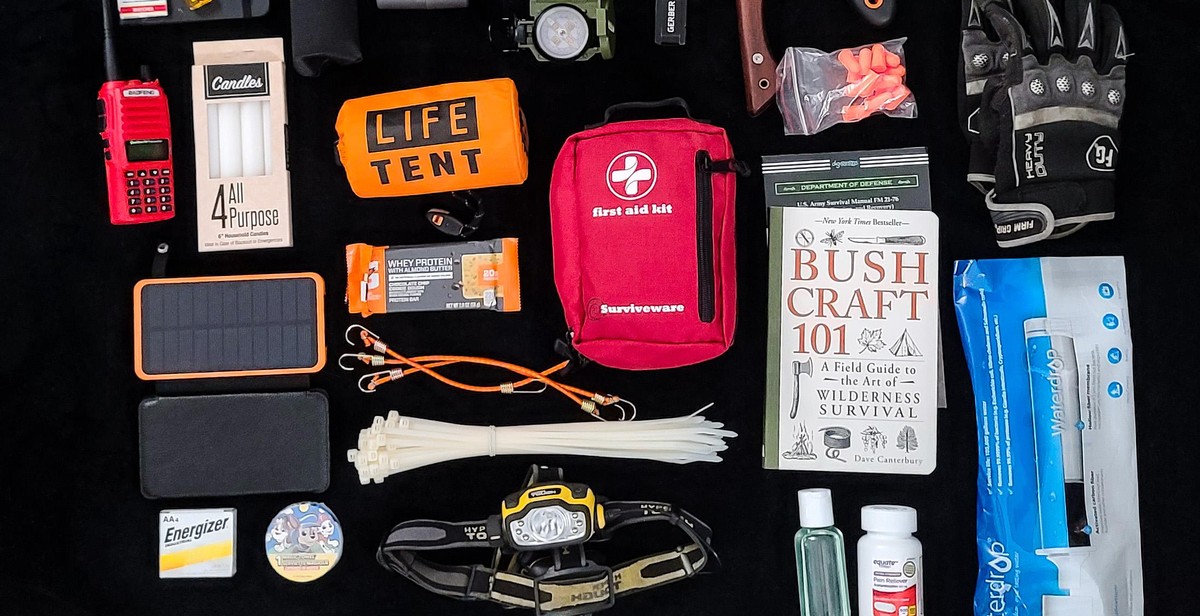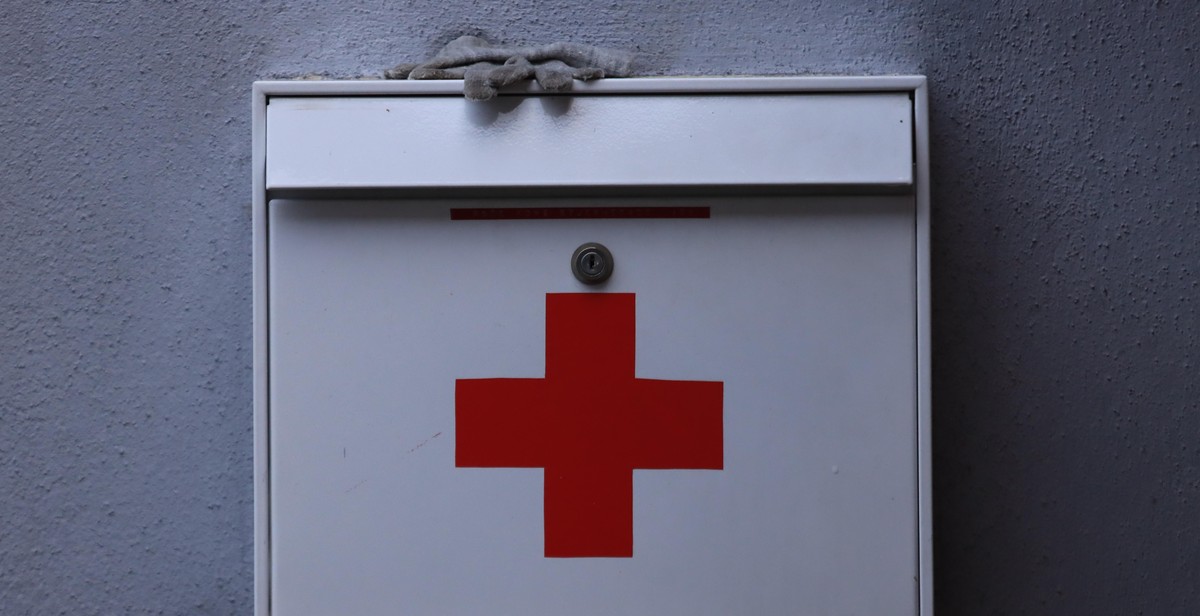How to Create a Horse First Aid Kit: Essential Supplies for Treating Minor Horse Injuries
As a professional horse trainer and rider with over 15 years of experience, I have seen my fair share of horse injuries. Whether it’s a small cut or a more serious injury, it’s important to have a first aid kit on hand to treat your horse as quickly as possible. A well-stocked horse first aid kit can mean the difference between a speedy recovery and a prolonged healing process.
Why You Need a Horse First Aid Kit
Horses are prone to injuries, whether they’re in the pasture or under saddle. From minor scrapes and cuts to more serious injuries like colic or lameness, having a first aid kit on hand can help you respond quickly and effectively to any situation.
Creating a horse first aid kit doesn’t have to be complicated or expensive. With a few essential supplies, you can be prepared to treat your horse’s injuries and prevent them from getting worse.
What to Include in Your Horse First Aid Kit
When creating your horse first aid kit, it’s important to include supplies for cleaning and disinfecting wounds, treating minor injuries, and providing basic care for your horse. Here are some essential items to include:
- Gauze pads and rolls
- Antiseptic solution or wipes
- Scissors and tweezers
- Disposable gloves
- Thermometer
- Hoof pick
- Electrolyte paste or powder
In addition to these supplies, it’s also a good idea to keep your horse’s medical records and contact information for your veterinarian in your first aid kit.

Why You Need a Horse First Aid Kit
As a horse owner, it is essential to have a first aid kit for your horse. Horses are prone to injuries and illnesses, and having a well-stocked first aid kit can help you provide immediate care to your horse before the vet arrives. Here are some reasons why you need a horse first aid kit:
Immediate Treatment
Having a horse first aid kit on hand can provide immediate treatment to your horse in case of an emergency. Minor injuries such as cuts, bruises, and scrapes can be treated promptly, preventing them from becoming worse. It is important to have a first aid kit that contains the necessary supplies to treat minor injuries and illnesses.
Prevent Infection
When a horse gets injured, there is a risk of infection. Having a well-stocked horse first aid kit can help you clean and dress the wound, preventing infection from setting in. It is essential to have antiseptic solutions, such as Betadine or hydrogen peroxide, in your first aid kit to clean the wound thoroughly.
Save Time and Money
In case of an emergency, having a horse first aid kit can save you time and money. You can administer immediate care to your horse while waiting for the vet to arrive, preventing the injury from worsening. This can save you money on veterinary bills as well as time spent at the vet’s office.
Peace of Mind
Having a horse first aid kit can give you peace of mind, knowing that you are prepared to handle any emergency that may arise. It can also help you stay calm in an emergency situation, allowing you to provide the best care possible to your horse.
Overall, having a horse first aid kit is essential for any horse owner. It can provide immediate treatment to your horse in case of an emergency, prevent infection, save time and money, and give you peace of mind. Make sure to have a well-stocked first aid kit on hand at all times to ensure the health and safety of your horse.
Essential Supplies for Your Horse First Aid Kit
As a horse owner, it’s important to be prepared for any minor injuries that may occur. Having a well-stocked horse first aid kit can make all the difference in the event of an emergency. Here are some essential supplies that you should include in your kit:
Wound Care Supplies
Wound care is an important part of horse first aid. Here are some wound care supplies that you should have on hand:
- Antiseptic solution or wipes
- Gauze pads or rolls
- Adhesive tape
- Scissors
- Tweezers
- Disposable gloves
Medications
It’s important to have some basic medications on hand for your horse. Here are some medications that you should consider including in your kit:
- Banamine or other pain reliever
- Betadine or other disinfectant
- Antibiotic ointment
- Thermometer
- Electrolyte paste
Bandages and Wraps
Bandages and wraps can help protect and support your horse’s injuries. Here are some bandages and wraps that you should include in your kit:
- Vet wrap
- Cohesive bandages
- Standing wraps
- Hock boots
- Shipping boots
Tools and Equipment
Having the right tools and equipment on hand can make treating your horse’s injuries much easier. Here are some tools and equipment that you should consider including in your kit:
- Flashlight
- Hoof pick
- Stethoscope
- Blanket or sheet
- Ice packs
Remember to check your horse first aid kit regularly and replace any expired or used items. By keeping your kit well-stocked and up-to-date, you’ll be prepared for any minor injuries that may occur.

Putting Together Your Horse First Aid Kit
1. Choose a Container
The first step in putting together your horse first aid kit is choosing a container to store your supplies in. The container should be durable, waterproof, and easy to transport. Many horse owners prefer to use a plastic tote with a secure lid, but you could also use a backpack or a duffel bag. Whatever you choose, make sure it is large enough to hold all of your supplies and easy to access in case of an emergency.
2. Purchase Supplies
Once you have your container, it’s time to purchase the supplies for your horse first aid kit. Here are some of the essential items you should consider including:
- Gauze pads and rolls
- Adhesive tape
- Antiseptic solution or wipes
- Thermometer
- Scissors
- Tweezers
- Disposable gloves
- Flashlight and extra batteries
- Non-stick pads
- Instant cold packs
- Saline solution
- Banamine paste
- Electrolytes
It’s also a good idea to include a copy of your horse’s medical records, including vaccination and deworming history, as well as any allergies or medical conditions they may have.
3. Organize Your Kit
Once you have all of your supplies, it’s important to organize your horse first aid kit so that you can find what you need quickly in an emergency. Consider using small plastic bags or containers to keep items organized and easily accessible. You may also want to label items for easy identification.
| Item | Location |
|---|---|
| Gauze pads and rolls | Small plastic bag |
| Adhesive tape | Small plastic bag |
| Antiseptic solution or wipes | Small plastic bag |
| Thermometer | Separate compartment |
| Scissors | Separate compartment |
| Tweezers | Separate compartment |
| Disposable gloves | Small plastic bag |
| Flashlight and extra batteries | Separate compartment |
| Non-stick pads | Small plastic bag |
| Instant cold packs | Small plastic bag |
| Saline solution | Small plastic bag |
| Banamine paste | Separate compartment |
| Electrolytes | Small plastic bag |
By organizing your horse first aid kit, you’ll be able to quickly access the supplies you need in an emergency and provide prompt care to your horse.

Conclusion
Creating a horse first aid kit is an essential part of responsible horse ownership. This kit will help you treat minor injuries and prevent them from becoming major issues. It’s important to have all the necessary supplies in one place so you can quickly and effectively care for your horse in case of an emergency.
Make sure to regularly check and update your horse first aid kit. Check the expiration dates of medications and ointments and replace any used or expired items. Additionally, keep your kit in a easily accessible location and ensure that everyone who cares for your horse knows where it is and how to use it.
Remember, a well-stocked horse first aid kit can make all the difference in an emergency situation. By taking the time to create a kit and familiarizing yourself with its contents, you can better care for your horse and give yourself peace of mind.
Key Takeaways
- A horse first aid kit should contain essential supplies for treating minor injuries.
- Some key items to include are bandages, wound dressings, disinfectant, and medications.
- It’s important to regularly check and update your horse first aid kit.
- Keep your kit in an easily accessible location and ensure that everyone who cares for your horse knows where it is and how to use it.
- A well-stocked horse first aid kit can make all the difference in an emergency situation.
| Author: | Your Name |
| Date Published: | Month Day, Year |
